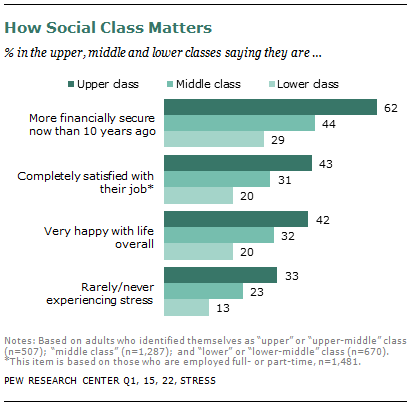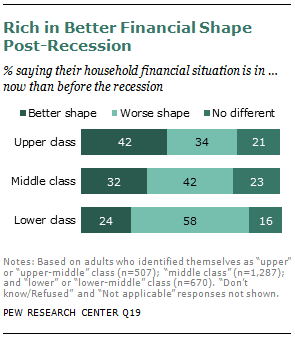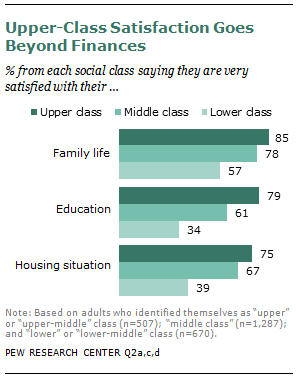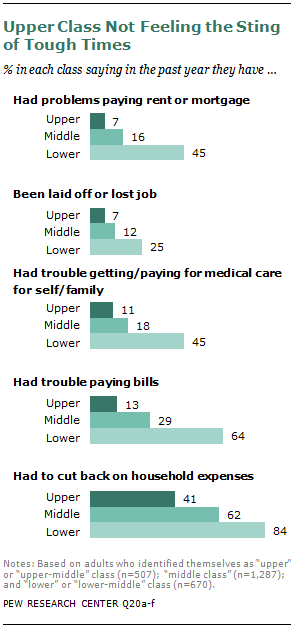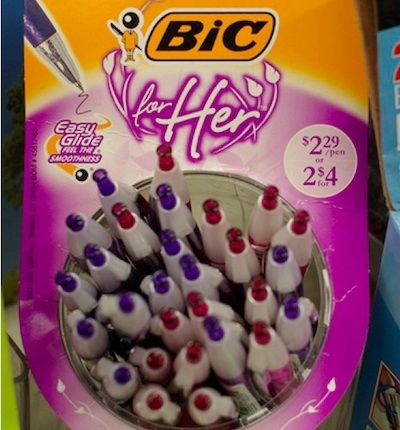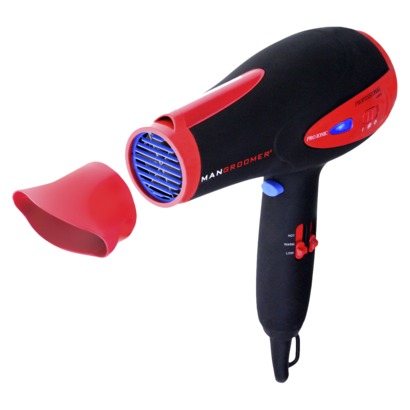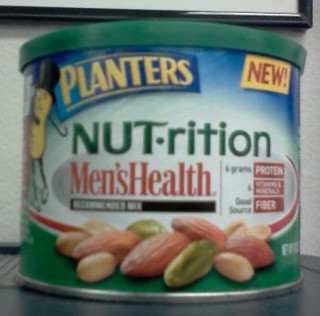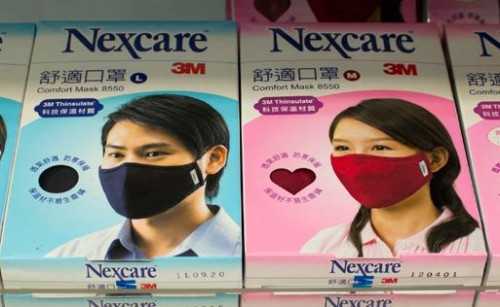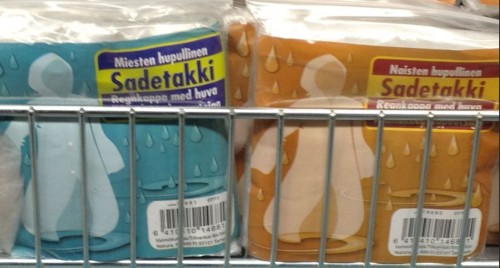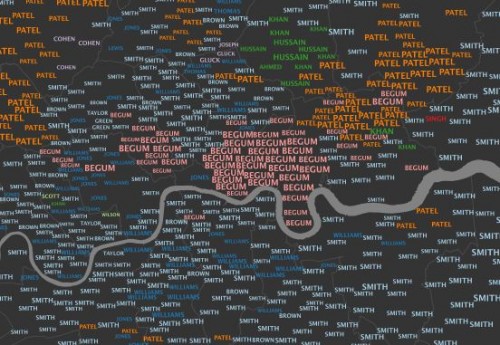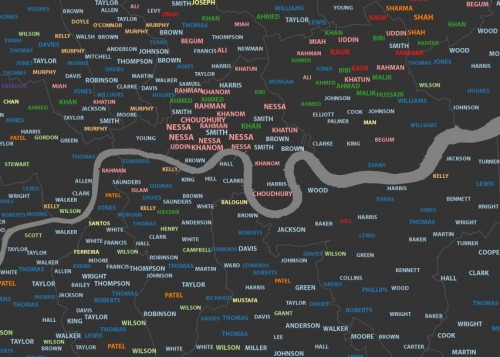Hanna Rosin, senior editor at The Atlantic and author of The End of Men, has written a piece about hook up culture on and off college campuses for the September issue of her magazine. Given that I’ve done some research on hook up culture, W.W. Norton’s Karl Bakeman asked me to weigh in. So, here are my two cents: Rosin isn’t wrong to argue that the culture offers women sexual opportunities and independence, but she mischaracterizes the objections to hook up culture and draws too rosy a conclusion.
Those who wring their hands and “lament” hook up culture, Rosin contends, do so because they think women are giving it up too easily, a practice that will inevitably leave them heartbroken.`She writes:
[Critics of hook up culture pine] for an earlier time, when fathers protected “innocent” girls from “punks” and predators, and when girls understood it was their role to also protect themselves.
If this is the problem, the answer is less sex and more (sexless?) relationships. But, Rosin rightly argues, this wrongly stereotypes women as fragile flowers whose self-esteem lies between their legs. It also romanticizes relationships. Drawing on the fantastic research of sociologists Laura Hamilton and Elizabeth Armstrong, she explains that young women often find serious relationships with men to be distracting; staying single (and hooking up for fun) is one way to protect their own educational and career paths.
All this is true and so, Rosin concludes, hook up culture is “an engine of female progress — one being harnessed and driven by women themselves.”
Well, not exactly. Yes, women get to choose to have sex with men casually and many do. And some women truly enjoy hook up culture, while others who like it less still learn a lot about themselves and feel grateful for the experiences. I make this argument with my colleague, Caroline Heldman, in Hooking Up and Opting Out: Negotiating Sex in the First Year of College.
But what young women don’t control is the context in which they have sex. The problem with hook up culture is not casual sex, nor is it the fact that some women are choosing it, it’s the sexism that encourages men to treat women like pawns and requires women to be just as cunning and manipulative if they want to be in the game; it’s the relentless pressure to be hot that makes some women feel like shit all the time and the rest feel like shit some of the time; it’s the heterosexism that marginalizes and excludes true experimentation with same-sex desire; and it’s the intolerance towards people who would rather be in relationships or practice abstinence (considered boring, pathetic, or weird by many advocates of hook up culture including, perhaps, Rosin).
Fundamentally, what’s wrong with hook up culture is the antagonistic, competitive, malevolent attitude towards one’s sexual partners. College students largely aren’t experimenting with sexuality nicely. Hook ups aren’t, on the whole, mutually satisfying, strongly consensual, experimental affairs during which both partners express concern for the others’ pleasure. They’re repetitive, awkward, and confusing sexual encounters in which men have orgasms more than twice as often as women:
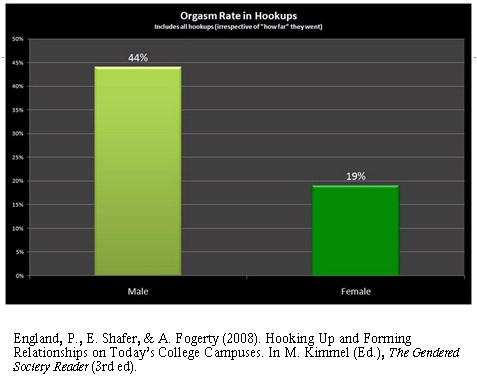
The problem with hook up culture, then, is not that people are friends with benefits. It’s that they’re not. As one of my students concluded about one of her hook up partners: “You could have labeled it friends with benefits… without the friendship maybe?”
Hook up culture is an “engine of female progress” only if we take-for-granted that our destination is a caricature of male sexuality, one in which sex is a game with a winner and a loser. But do we really want sex to be competitive? Is “keep[ing] pace with the boys,” as Rosin puts it, really what liberation looks like? I think we can do better.
Lisa Wade, PhD is an Associate Professor at Tulane University. She is the author of American Hookup, a book about college sexual culture; a textbook about gender; and a forthcoming introductory text: Terrible Magnificent Sociology. You can follow her on Twitter and Instagram.


